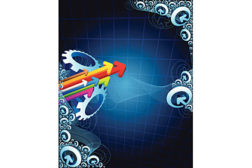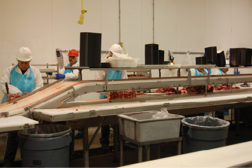Articles by Dr. John E. Johnson
Plant Design & Management
5 pillars of plant design
Whether green-field or brown-field construction, successful facility design requires the support and success of these five factors.
Read More
Automation evolution
Companies that don’t embrace the infiltration of automated technology into the meat and poultry industry simply will not advance.
Read More
Get our new eMagazine delivered to your inbox every month.
Stay in the know with The National Provisioner's comprehensive coverage of the meat and poultry processing industry.
SUBSCRIBE TODAY!Copyright ©2024. All Rights Reserved BNP Media.
Design, CMS, Hosting & Web Development :: ePublishing




